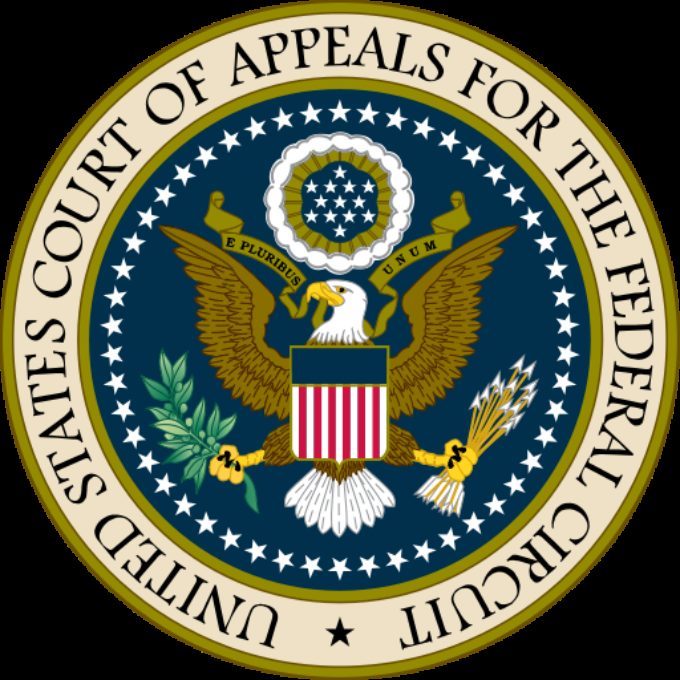
Federal Circuit Flash Digest – In re Brandt: Prima Facie Obviousness Found From Prior Art Disclosure of Similar, Though Non-Overlapping, Numeric Range
By Nanding Chen—edited by Amy Zhao
In re: Brandt, No. 2016-2601, 2018 WL 1473869 (Fed. Cir. Mar. 27, 2018).
The U.S. Court of Appeals for the Federal Circuit affirmed the Patent Trial and Appeal Board's (“Board”) decision, which had upheld an examiner’s obviousness rejection of Gregory A. Brandt, John B. Letts, and Firestone Building Products Company LLC’s ("Brandt") patent application claims related to construction board for a covered roof.
The Federal Circuit held that, because Brandt repeatedly conceded that there is no meaningful difference between some prior art's disclosed and claimed density ranges, the Board properly found a prima facie case of obviousness. Further, the Federal Circuit concluded that the Board did not err in finding that the prior art does not teach away from Brandt’s invention.
Brandt’s patent application claims were directed to a covered roof with a coverboard having a density range between 2.5 lbs/ft3 and 6 lbs/ft3. The examiner rejected the claims based on two existing patents: U.S. Patent Application Publication No. 2006/0096205 (“Griffin”) and U.S. Patent No. 6,093,481 (“Lynn”). Griffin concerns a roofing panel with a coverboard "having a polymer material core layer" with a density range between 6 lbs/ft3 and 25 lbs/ft3. Lynn involves a method of manufacturing insulation board, which is a polymeric form layer with a density preferably between 1 lbs/ft3 and 5 lbs/ft3. Because of the "combined teachings of Griffin and Lynn," the examiner refused to grant the inventors' claim, reasoning that choosing a coverboard with a density less than 6 lbs/ft3 would be an obvious choice.
The examiner's factual finding led the Board to conclude that the difference was "virtually negligible" and therefore prima facie obvious. The Board found that Brandt failed to rebut the examiner’s prima facie rejection through argument or evidence teaching away or unexpected results. The Board also found that Brandt failed to show how the difference in the ranges would result in any different physical properties between the coverboards.
The Federal Circuit reviewed the Board’s factual findings for substantial evidence and its legal conclusion on obviousness de novo. First, with regard to the issue of obviousness, the Federal Circuit affirmed the examiner’s finding of a prima facie case because Griffin’s range and the claimed range abut one another; Brandt conceded that there was no meaningful distinction between the two ranges; and Brandt failed to overcome the Board’s rejection with persuasive argument or evidence.
Second, with regard to teaching away, the Federal Circuit agreed with the Board that Brandt failed to show that Griffin teaches away from its application claims. In order to rebut a prima facie case of obviousness, an appellant may choose to (1) show that the prior art “teaches away” by “criticiz[ing], discredit[ing], or otherwise discourag[ing] the solution claimed;” and/or (2) “prove that the invention combined certain known features from the prior art to yield unpredictable results.” Here, Brandt adopted the first strategy Specifically, they argued that because Griffin discloses an insulation board with a density of less than 6 lbs/ft3, and because the coverboard must be denser than the insulation board to protect it from damage, it discourages the making of a coverboard with a density less than 6 lbs/ft3. The court rejected this argument, stating that Griffin actually encourages Brandt’s approach because it only suggests that a denser coverboard serves to protect a less dense insulation board, consistent with Brandt’s ' design.
Mike Lavine and Joe Beauchamp of Jones Day think this opinion "provides guidance on obviousness of a claimed range of values." Specifically, it clarifies that prior art documents that discloses similar, but not overlapping, ranges is sufficient to establish a prima facie case of obviousness.
Nanding Chen is a 1L student at Harvard Law School.